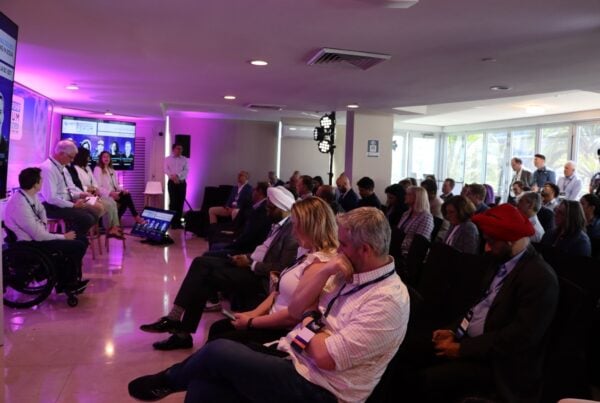MEF’s Director of Programmes, James Williams joins Jeevithan Muttu, VP of Product and R&D and Harry Huang, Product Manager at TOMIA Telarix to examine the complexities in price list and invoice management.
Leading zeroes or trailing zeroes? Why do certain price lists fail and others get approved? What are the best practices in handling price list receipt, distribution, and invoice settlement? During the recent MEF webinar, we discussed a wide range of topics, including Origin-Based Rating (OBR), how digital document exchange services can help carriers automate and scale up the messaging business, and many horror stories along the way from the world of price list and invoice exchange.
A2P continues to dominate the messaging market. According to research conducted by Juniper in 2022, the A2P messaging market will be worth $78 billion by 2027. This is where we see the biggest opportunity for operators to tap into additional revenue opportunities with increased control and visibility. The current messaging market presents operators with critical challenges:
- Managing complex A2P and P2P scenarios and pricing models with little granular visibility.
- Handling and managing countless partner relationships each with multiple price lists with varied file formats sent every month, sometimes weekly.
- Streamlining massive volumes of data across multiple products.
- Spending time and manual effort processing SMS data.
- Utilizing different systems for each aspect of the Interconnect business (Voice and SMS).
A2P continues to dominate the messaging market. According to research conducted by Juniper in 2022, the A2P messaging market will be worth $78 billion by 2027. This is where we see the biggest opportunity for operators to tap into additional revenue opportunities with increased control and visibility. “
These challenges contribute to operational inefficiencies, which cost operators both and time and money.
There are three key factors that we see driving operators to success in the A2P messaging market: (1) having the visibility and control of their A2P business to take advantage of what is a rapidly growing market, (2) using automation to enable staff to make accurate and timely decisions, and (3) using effective and familiar tools to save on time and costs and rollout services faster.
The most common issue affecting non-automated price list and invoice management systems is problematic price lists. These systems often require manual intervention when this arises, which not only cost time and money but can also reduce confidence from partners affecting the operator’s credibility.
A typical operator sends and receives between 300 and 500 price lists every month. Each of these price lists contain destination networks, origins, MCC-MNCs (network codes), rates, and validity/effective dates; all of which routinely suffer from improper or inconsistent formatting.
These errors are often human errors and result in 7-12% of all price lists received being rejected.
Many solutions require rejected price lists to be manually adjusted, a costly process that takes three times longer on average than if non-adjusted. Likewise, many solutions are also unable to process origin-based rates and so, they take only the highest rate, leaving potential savings on the table.
During the webinar, we review examples price lists without clear instructions for the rest of the world settlement origins. Without the proper signals, operators do not know how to manage and rate traffic from origins not included in the price list.
Another example was related to missing trailing zeros, i.e., when Excel stripes zeroes out at the end of the MCC-MNC codes. This also affects the routing and rating, which can lead to disputes and delayed payments. These issues highlight the need for automation in price list and invoice formatting.
Business exchange platforms that include price list and bill receipt automation and validation services provide operators with three key benefits.
Firstly, they provide vital cost control; with quicker access to lower termination costs, streamlined settlement and dispute management processes, and quicker order-to-cash leading to a 100% reduction in overcharges.
The right business exchange platform provides an operator with significant improvements to their operational efficiency. By significantly reducing the number of errors and manual interventions, the right platform can reduce the time spent managing price lists by 50%. A business exchange platform that unifies both the Voice and SMS businesses also reduces CAPEX by 30%.
Lastly, these platforms improve operators’ messaging revenue opportunities by accurately analyzing the data in price lists to optimize routes, improve margins, and drive new commercial strategies. For more information about TOMIA’s business exchange platform iXLink, visit the link here.





